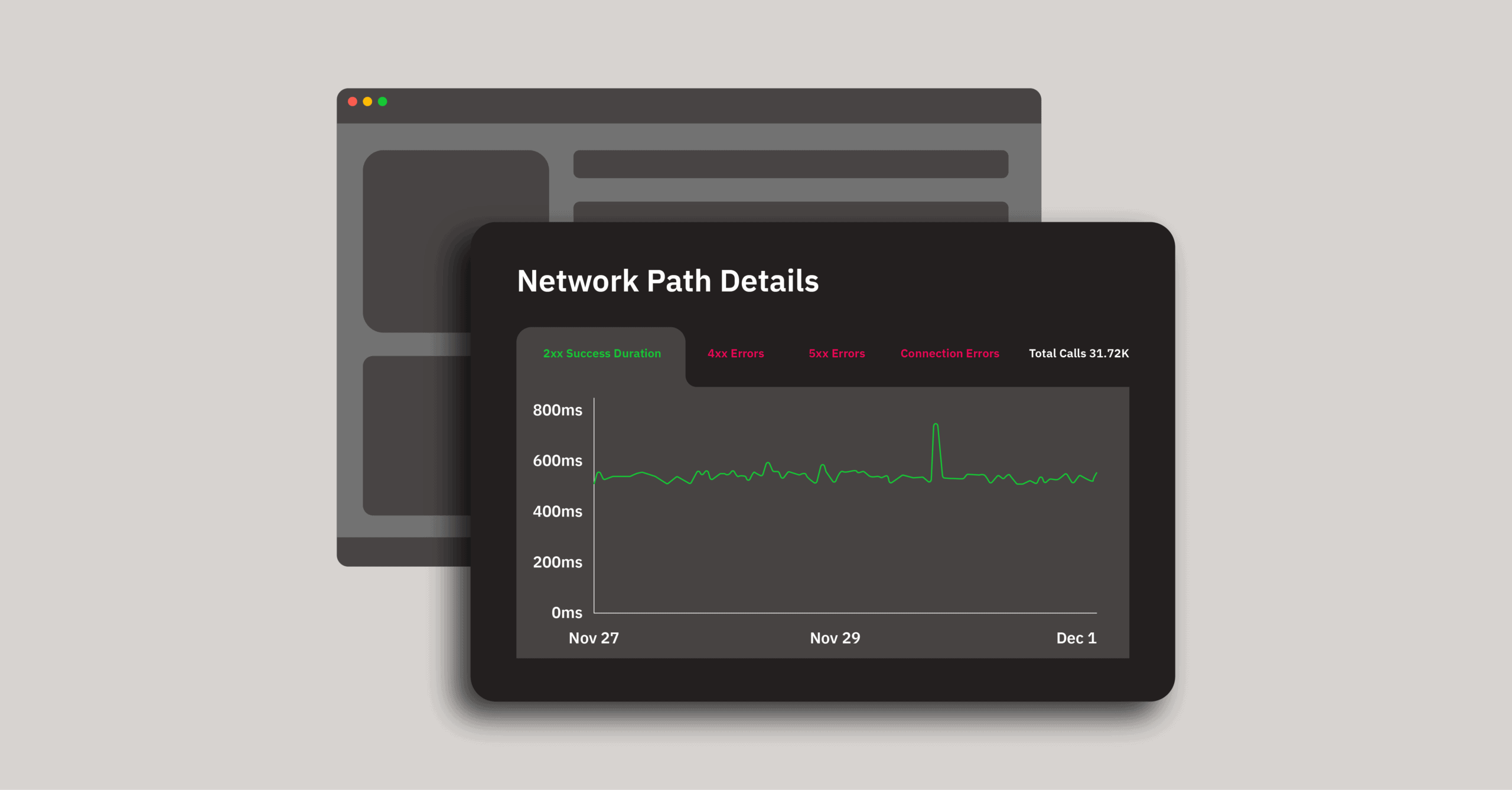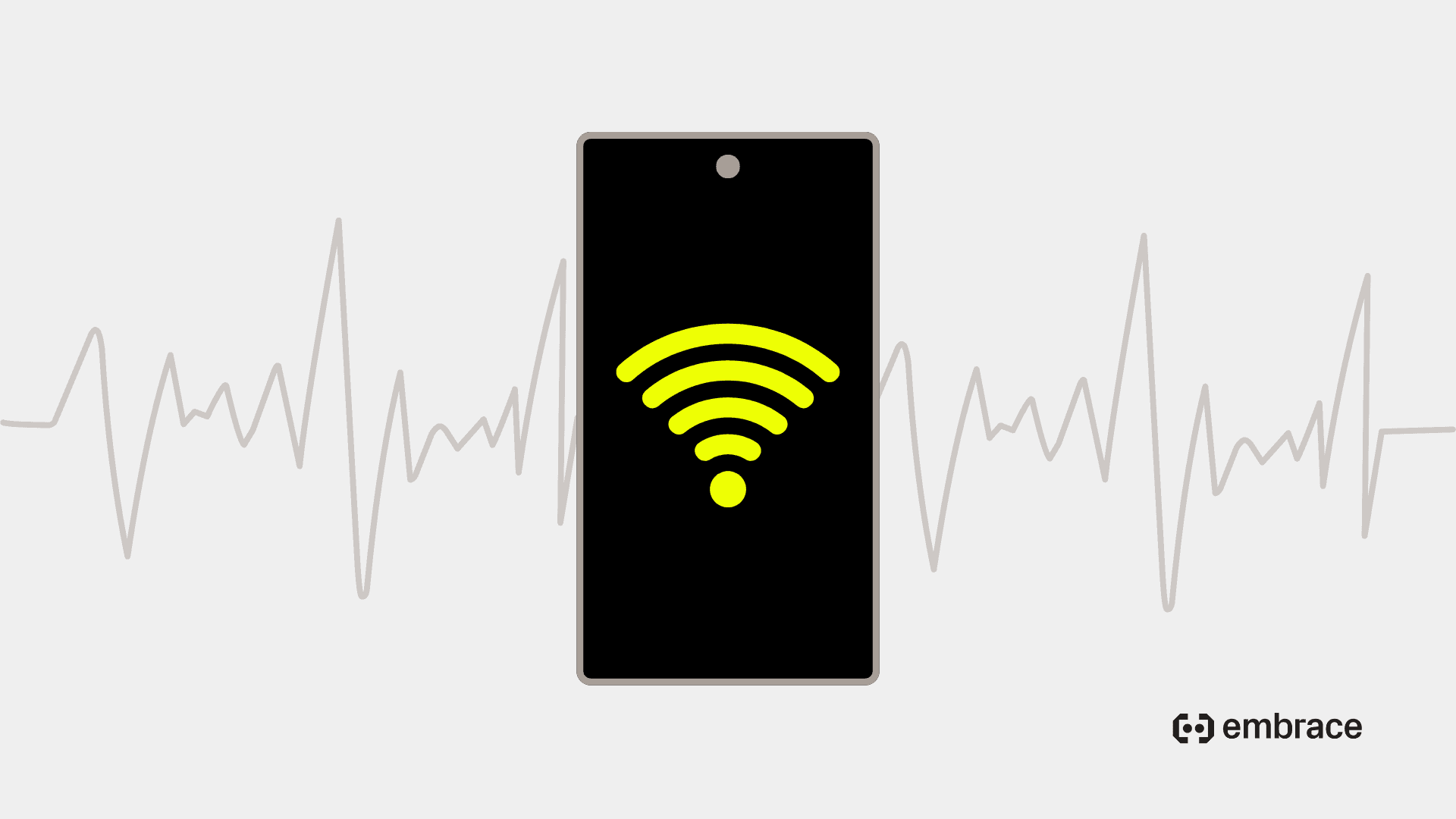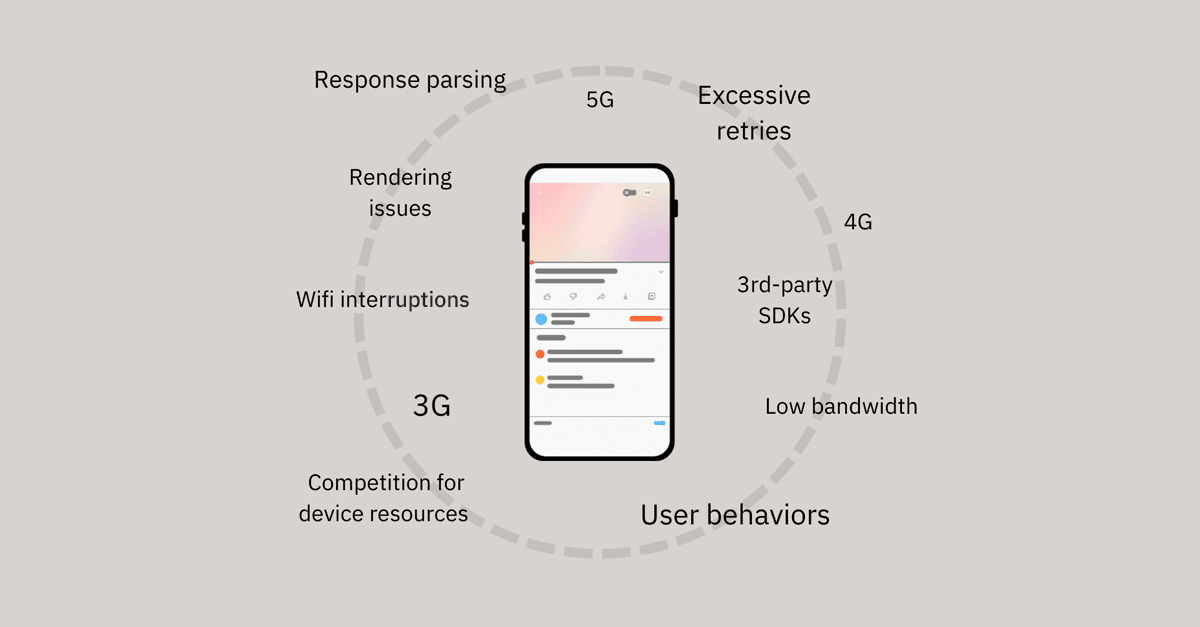
Why Is Mobile Network Monitoring Important?

In today’s hyper-connected world, mobile network monitoring is a critical component for ensuring seamless connectivity, optimal performance, and robust security. For organizations and individuals alike, understanding why network monitoring is important can make the difference between uninterrupted service and costly downtime. This article explores the essential reasons behind mobile network monitoring, providing clear insights into its benefits and practical applications.
Preventing Network Outages and Minimizing Downtime
Network outages can disrupt business operations, impact user experience, and lead to significant financial losses. Mobile network monitoring plays a pivotal role in preventing these outages by continuously tracking network health and performance. By identifying early warning signs—such as unusual latency, packet loss, or hardware failures—network administrators can take proactive measures to address issues before they escalate into full-blown outages.
For example, a sudden spike in dropped connections might indicate a failing cell tower or overloaded network segment. With real-time monitoring, these anomalies are detected promptly, allowing for swift intervention. Solutions like Mobile Network Insights provide comprehensive visibility into your network, helping you prevent outages and maintain high levels of reliability. This proactive approach not only minimizes downtime but also helps maintain user trust and satisfaction, which is especially crucial for service providers and businesses relying on mobile connectivity.
Real-Time Issue Detection and Proactive Problem Resolution
One of the most compelling answers to the question, “why is network monitoring important?” lies in its ability to provide real-time visibility into network operations. Immediate detection of issues—such as degraded signal strength, unauthorized access attempts, or configuration errors—enables IT teams to respond quickly and effectively.
Proactive problem resolution is made possible through automated alerts and diagnostic tools that pinpoint the root cause of network anomalies. For instance, if a mobile application experiences slow load times, network monitoring can help determine whether the issue stems from bandwidth congestion, server latency, or external interference. By leveraging solutions like Mobile Issue Resolution, organizations can quickly identify and resolve issues, maintaining high service levels and avoiding the negative consequences of prolonged disruptions.
Performance Optimization and Bandwidth Management
Optimizing network performance is essential for delivering a seamless user experience, particularly in mobile environments where bandwidth is often limited. Network monitoring provides detailed insights into traffic patterns, application usage, and device connectivity, enabling administrators to allocate resources more efficiently.
Effective bandwidth management ensures that critical applications receive the necessary resources, while non-essential traffic is deprioritized. Tools such as App Performance Monitoring empower teams to monitor and optimize application and network performance, ensuring consistent user experiences even during peak usage periods. This level of control is vital for organizations that depend on reliable mobile connectivity for their operations, remote workforces, or customer-facing services.
Security Benefits and Threat Detection Capabilities
Security is a top concern in any networked environment, and mobile networks are no exception. Network monitoring serves as a frontline defense against a wide range of security threats, including malware, unauthorized access, and data breaches. By continuously analyzing network traffic and user behavior, monitoring systems can detect suspicious activities in real time.
For example, an unexpected surge in outbound data from a mobile device could indicate a compromised endpoint. With robust monitoring in place, such anomalies trigger immediate alerts, allowing security teams to investigate and mitigate potential threats before they cause harm. Consider implementing a solution like Modern Mobile Observability to enhance your security posture and protect sensitive data through comprehensive monitoring and analytics.
Meeting SLAs and Maintaining Service Quality Standards
Service Level Agreements (SLAs) define the expected performance and reliability standards for network services. Failing to meet these commitments can result in financial penalties, reputational damage, and loss of customer trust. Network monitoring is instrumental in ensuring that SLAs are consistently met by providing real-time metrics on uptime, latency, throughput, and other key performance indicators.
By tracking these metrics, organizations can quickly identify deviations from agreed-upon standards and take corrective action. For example, if latency exceeds SLA thresholds, network monitoring tools can help isolate the cause—whether it’s a congested link, faulty hardware, or external interference—and guide remediation efforts. Products like Mobile SLOs can help ensure continuous compliance with service commitments and drive ongoing improvements in service quality.
Cost Reduction Through Predictive Maintenance
Unplanned network failures can be expensive, both in terms of direct repair costs and lost productivity. Network monitoring enables predictive maintenance by identifying patterns and trends that signal impending issues. For instance, gradual increases in error rates or declining hardware performance can indicate components nearing failure.
By addressing these issues before they result in outages, organizations can reduce maintenance costs, extend the lifespan of network equipment, and avoid the financial impact of unexpected downtime. Predictive maintenance, powered by comprehensive network monitoring, transforms reactive break-fix models into proactive, cost-effective strategies that support long-term operational efficiency.

